Should You Buy Organic? Get the Facts from a Dietitian
What does organic really mean and is buying organic worth the extra cost? Here’s what Sally, a registered dietitian and mom, wants you to know when making the decision of whether to go organic or not for your family.
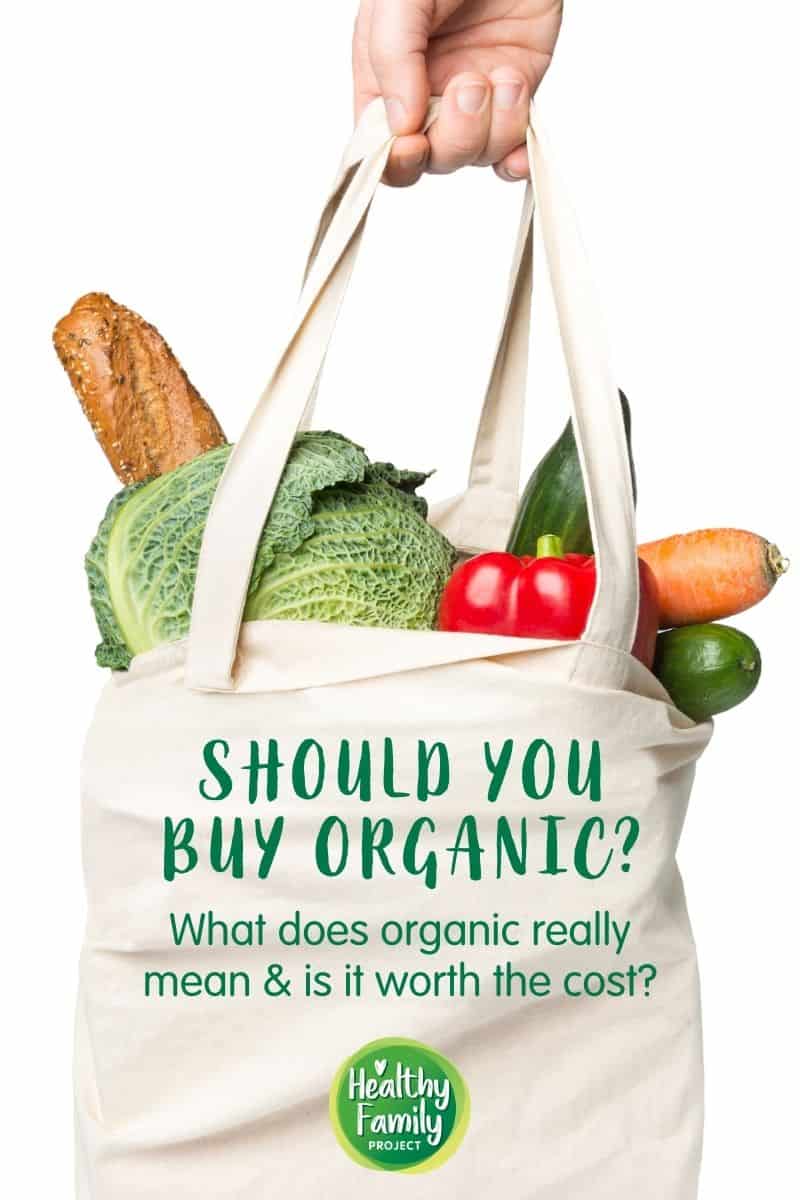
Ever stood in the aisle of the grocery store, looking back and forth between the organic apples and the conventional ones, wondering whether to spend the extra dollar per pound–and weighing fears about pesticides with fears about your budget?
Buying organic food is a surprisingly fraught topic. I recently covered this topic on the Healthy Family Project podcast but wanted to dive deeper into the facts – from my perspective as a registered dietitian and mom.
Here are some important facts so you can make the best decision for YOUR family.
Organic vs. Conventional
Organic and conventional refers to the way agricultural products are grown and processed. Organic produce is grown and processed without the use of any conventional or synthetic pesticides or fertilizers but can use naturally derived versions.
Fact: “Organic” is not the same as “natural.”
Unlike “natural”, which means very little on a food label, “organic” comes with a set of USDA rules and regulations. For instance, organic produce must be grown without synthetic fertilizers and pesticides. And organic meat comes from animals given only organic feed, no antibiotics or hormones and raised with access to the outdoors.
Fact: The jury is out on if organic is safer or more nutritious.
Some research has found that organic milk has higher levels of healthy fats and that organic produce has higher levels of antioxidants. But other research hasn’t found much difference. In a report about organic food, the American Academy of Pediatrics (AAP) concluded that there’s no evidence supporting meaningful nutritional benefits of organics versus conventional.
In terms of safety, researchers have found that children who eat organic have fewer pesticide byproducts in their urine. But more studies are needed to find out whether there’s a link to any health concerns.
Some people also worry that hormones in meat or milk may cause issues such as early puberty in children, but the AAP report says there’s no evidence to support that.
Fact: The “Dirty Dozen” list is controversial.
Each year, a non-profit advocacy group called Environmental Working Group (EWG) releases “Dirty Dozen” and “Clean 15” lists, which rank fruits and vegetables based on pesticide residues. In their latest list, strawberries, spinach, and kale were at the top of the “Dirty” list, and avocados, sweet corn, and pineapple were on the “clean” list. Some shoppers use them to prioritize when buying organic produce.
But there are critics of the lists, who say they needlessly cause worry. The reason: The presence of a pesticide residue doesn’t mean it’s harmful to health–especially in the amount that’s typically eaten. In one study, researchers compared the amount of pesticide residue on the Dirty Dozen compared to the amounts of those foods eaten and found the levels were far below the limits set by the EPA.
Fact: Eating fruits and veggies, whether organic or conventional, is the most important thing.
Even the EWG says that the health benefits of a diet rich in fruits and vegetables outweigh the risks of pesticide exposure. There are proven health perks of eating fruits and veggies. And it doesn’t have to be all-or-nothing.
My personal strategy is one I picked up from a scientist: I choose the kind that looks the freshest and that I can afford. One week I might buy organic strawberries, the next conventional.
The Bottom Line: I prioritize feeding my family lots of fruits and veggies, especially in-season produce, rinsing it well before serving, and not stressing out about it. (Read more about how I stopped stressing out about grocery shopping.)

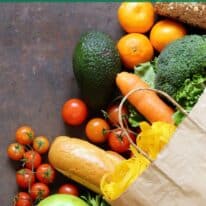


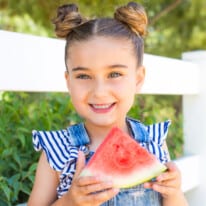
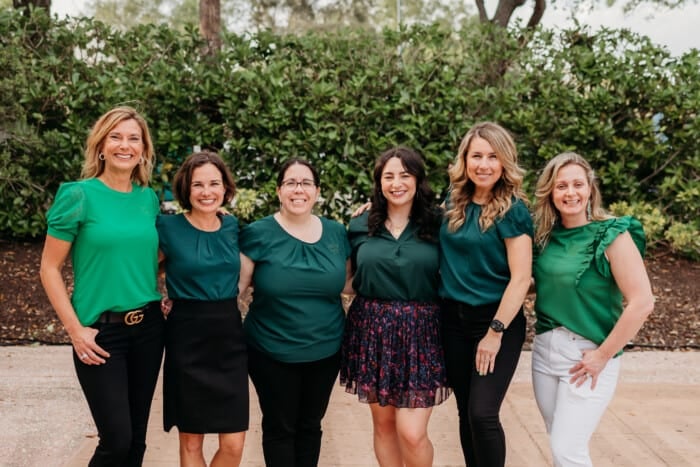
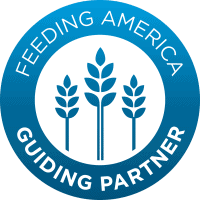
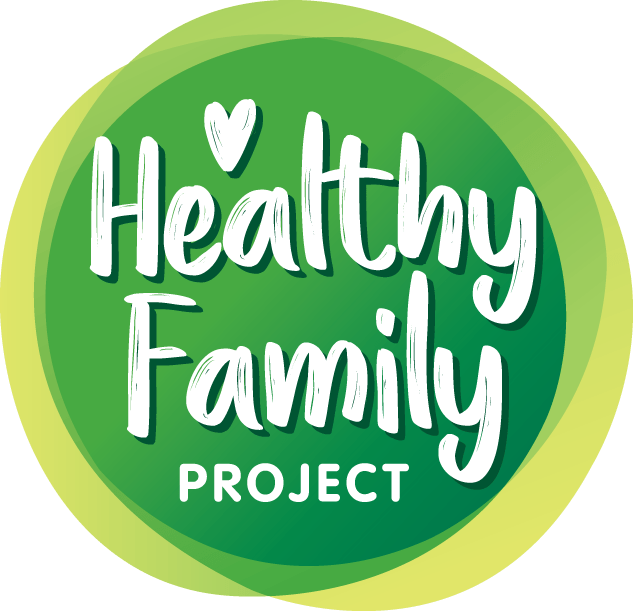
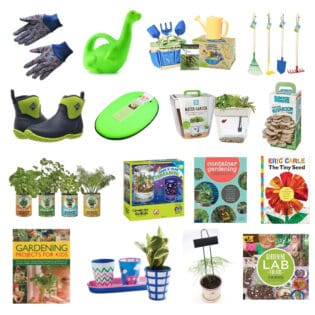
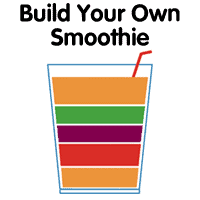
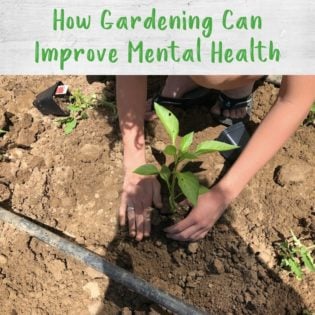
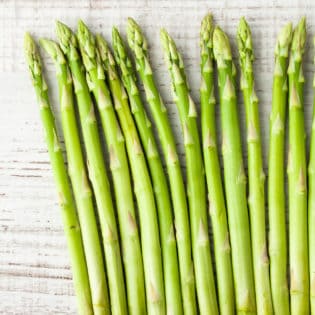

My shopping preference is:
If you eat the skin, buy organic(berries, apples, potatoes, bell peppers, tomatoes, etc)
If you peel it, buy conventional (pineapple, avocado, kiwi, melons, bananas, etc)
I know a lot of people that follow those same rules 🙂 Thank you for sharing Susan! I hope you found our article helpful!